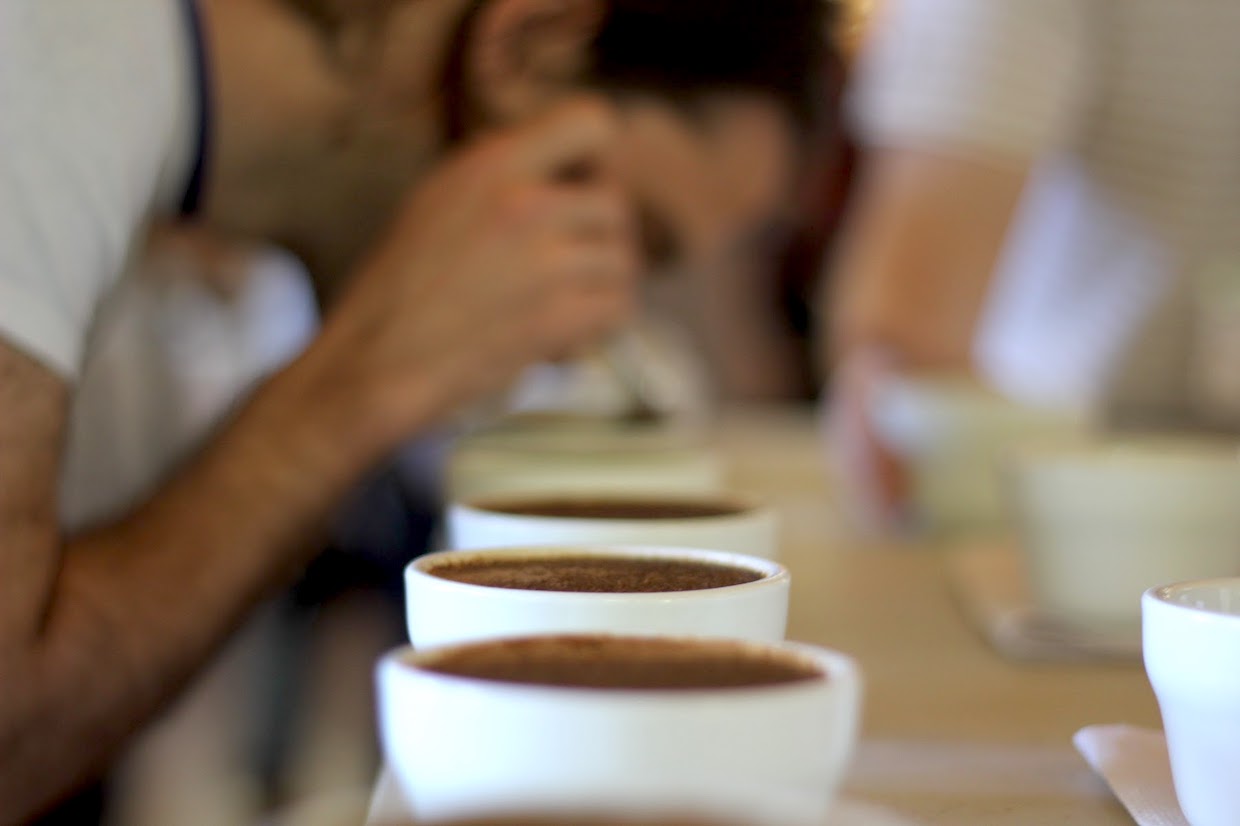After years of development, feedback and marketing, the Specialty Coffee Association has officially adopted its three new standards for professional coffee evaluation.
The move effectively replaces the SCA’s coffee cupping form and protocol that were first published by the Specialty Coffee Association of America (SCAA) in 2004 and became widely adopted as industry standards.
Combined, the three new standards are referred to by the SCA as the Coffee Value Assessment, or CVA.
The SCA, which is the largest coffee trade organization in the world, said the new CVA represents a seismic shift in how coffee is professionally evaluated, as it promotes a “holistic picture” of unique attributes, as opposed to a single quality score.
“This is a landmark achievement for specialty coffee, reflecting years of collaboration, research, and the dedicated input from early adopters and industry experts,” SCA Technical Officer Mario Fernández said in an announcement from the group. “The adoption of the SCA Standards in Coffee Value Assessment sets a new benchmark in cupping practices worldwide, aligning with modern sensory science and offering assessments that are data-rich and multidimensional, equipping the industry with deeper insights into coffee quality.”
Here are the three new standards:
-
SCA Standard 102-2024 Coffee Value Assessment: Sample Preparation and Tasting Mechanics From the SCA: “Provides consistent guidelines for preparing samples and creating tasting conditions that ensure reliable, repeatable results.”
-
SCA Standard 103-2024 Coffee Value Assessment: Descriptive Assessment From the SCA: “Introduces a structured framework for capturing detailed sensory attributes, including intensities and descriptors.”
-
SCA Standard 104-2024 Coffee Value Assessment: Affective Assessment – From the SCA: “Focuses on rating the impression of quality across the different elements of a coffee’s sensory experience.”
Much has changed in the coffee industry since the SCAA — which merged with the Specialty Coffee Association of Europe in 2017 to form today’s SCA — published the 2004 cupping form and protocol. Published under the watch of longtime SCAA director Ted Lingle, the 2004 standards reflected a rapidly emerging specialty coffee segment within the broader coffee industry, while offering the first widely adopted means to evaluate coffee in a quantifiable, structured way, particularly among coffee roasters and green coffee buyers.
Private, tailored variations of the 2004 form remain in use by companies throughout the coffee industry. The SCA is naturally urging actors throughout the coffee value chain to explore the new standards, which are available for free here.
Comments? Questions? News to share? Contact DCN’s editors here.







Comment